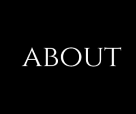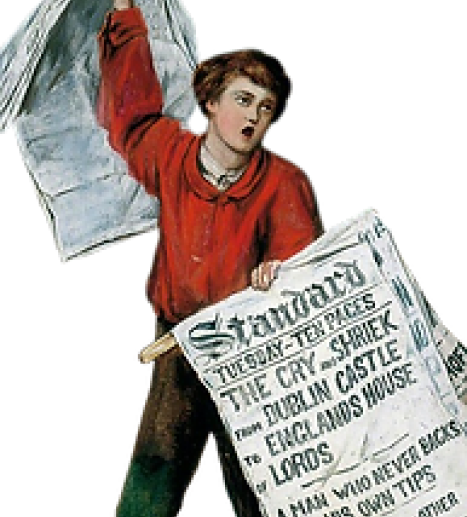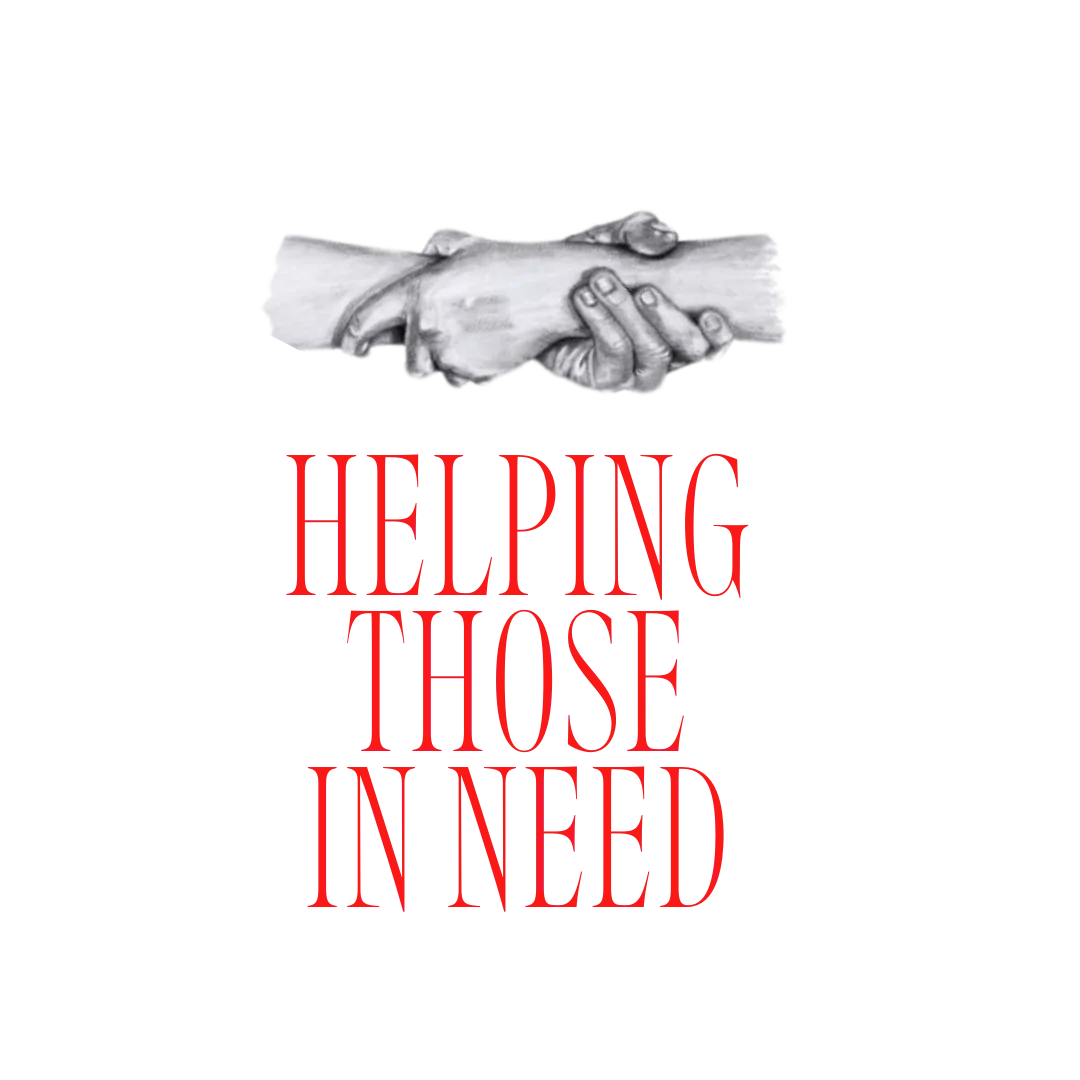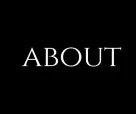What is fascism? This piece breaks the term down to its core: a myth of national rebirth, an in-group to be defended, and the scapegoats cast as enemies within.
Calling someone a fascist holds a lot of weight. After all, no one wants to keep company with Nazis (right?…). I’ll admit, I’ve accused a few people of being one myself; I won’t say who, I quite like not getting sued. With that being said, this hasn’t stopped a few significant figures from brandishing the term in the political arena as of late. But what actually is fascism, and how can you spot a fascist? Let’s break it down.
The thought of what and who a fascist is automatically brings to mind those of the 40s: Hitler, Mussolini, and co. But what made them fascist? Was it the uniforms, the death camps or the war-mongering? None of these alone. The most important thing to consider in our hunt for fascists is that fascism takes many forms. Indeed, as many manifestations as there are nations, ethnic groups, religions, or any other way of drawing an us and them.
Right, now we’ve got that covered, let’s get into the nitty-gritty. Fascism is a story, one of national decline and promised rebirth. It tells people that their country was once pure, proud, and united, but has since been corrupted by them: the outsiders, the traitors, the ones who don’t belong. It constructs a hierarchy of moral belonging, creating an ultranationalist vision of an in-group that must defend its identity to reclaim this imagined past. In fascist logic, that renewal can only come through the oppression and removal of those blamed for decline.
This is, as Professor Roger Griffin (a leading expert on fascism) proposes, what makes a fascist a fascist. Griffin might use fancier words than I do, defining fascism as “palingenetic ultranationalism,” but the idea is the same; fascists see societal problems, blame minorities, and promise renewal by removing those scapegoated. For Hitler, those minorities included Jews, communists, members of the LGBTQ+ community, and travellers. Anyone deemed ‘non-German’ became the enemy within.
But what is it to be German, to be American, or even British? For fascists, it means whoever fits their definition of their national in-group, whether by race, religion, birthplace, immigration status, or any point of division that can be used to create an us and them. The dividing lines may shift, but the logic of exclusion is what makes fascism fascist.
Although it doesn’t have to be about race, oftentimes it is. After all, the questioning a lot of people face, despite being born here (“where are you from, from?”) shows as much. Race can be an easy visual identifier, and racism is an undeniable prevalence. As fascists tend to try and rally majority groups in a populist fashion, in the European, and for us here the British context, the concept of whiteness, and defining one’s nationality by it, tends to be the division of choice.
It might seem antithetical, but who is considered white doesn’t have to be about skin colour. Instead, it can be about who gets counted as belonging, who’s allowed to be part of the national we. Indeed, whiteness isn’t fixed; it’s a social category that expands and contracts depending on who holds power. As historian Noel Ignatiev pointed out in How the Irish Became White, Irish immigrants in the nineteenth century weren’t seen as white when they first arrived in Britain. They were poor, Catholic, and as such, outsiders. But over time, as they gained social standing and aligned themselves with the dominant racial group, they were slowly accepted as white. That shift shows that non-white is less about appearance and more about exclusion, about who gets blamed or pushed out to protect a myth of national purity. In this way, some migrant groups can be branded as “the good ones”, broadening the catchment of the white British in-group to laser focus on specifics; perhaps those on small boats? Maybe Muslims? Anyone who doesn’t fit the ever-shifting image of who counts as truly British.
Understanding modern fascism, particularly in our own context, is not just about diagnosing extremists. It smiles. It has a pint. It cracks jokes. It excuses the powerful by blaming the powerless, wrapping cruelty in the language of common sense. It weaponises nostalgia, turning ordinary frustration into hatred that feels righteous. It borrows policies from the left, slogans from the right, and outrage from everywhere. Its weapon isn’t a gun; it’s a story. One that convinces people that their suffering isn’t born of inequality, corporate greed, or misrule, but of the vulnerable.





















